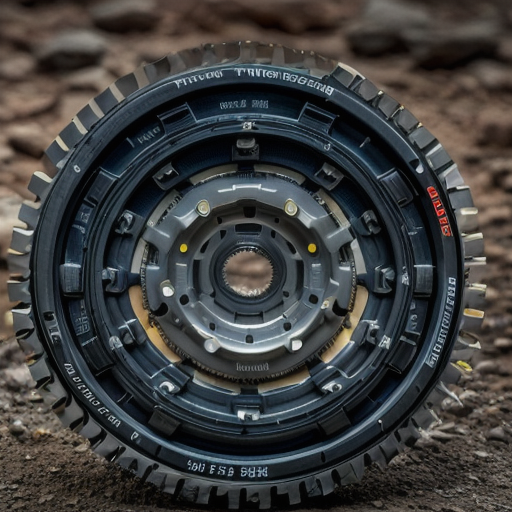The excavation sector often grapples with the challenge of balancing operational efficiency and cost-effectiveness. Among the critical elements that weigh in this balance are the trencher teeth. The upfront cost of high-quality trencher teeth may seem steep, but their financial benefits in the long haul are substantial. This article dissects the monetary implications of investing in superior trencher teeth and emphasizes their long-term cost benefits. Visit here to learn more.
Section 1: Decoding the Financial Advantages of Durable and Dependable Trencher Teeth
Delving into the realm of cost benefits, the first point of contention is the influence of trencher teeth durability on replacement frequencies and associated downtime. Lower quality trencher teeth, despite their initial cost-saving allure, hide potential financial pitfalls. Their susceptibility to frequent breakage or wear necessitates repeated replacements. The repercussions of this replacement are twofold – the direct cost of new teeth and the indirect cost in terms of project delay due to equipment downtime.
Contrastingly, a significant investment in robust, high-quality trencher teeth can have long-lasting benefits. These teeth are engineered to withstand wear, reducing the need for replacements, mitigating downtime, and promoting project efficiency.
Moreover, the quality of trencher teeth directly correlates with project productivity. Superior trencher teeth cut through the earth and rocks more swiftly, thereby expediting project completion. This heightened efficiency allows for a larger project turnover within the same timeframe, translating into increased profits.
Section 2: Evaluating the Economic Impact of Specific Trencher Teeth Selection for Different Projects
The selection of the right trencher teeth tailored to specific projects plays a pivotal role in cost efficiency. The variability in soil composition and rock hardness across projects necessitates different types of teeth. Using mismatched trencher teeth can hinder efficiency and accelerate wear, leading to inflated replacement and maintenance costs.
The key is to view the initial higher cost of suitable trencher teeth as an investment that ensures long-term savings. Lower maintenance requirements, enhanced performance, and increased longevity that accompany the right teeth more than compensate for the initial expenditure. Thus, cost-effectiveness should be perceived from the perspective of long-term savings rather than immediate expenses.
Also, the benefits of investing in the right trencher teeth extend to the overall health of the trenching machine. High-quality teeth minimize strain on the machine, extending its operational life and reducing the frequency and cost of maintenance.
Conclusion:
In conclusion, the initial cost of investing in superior trencher teeth might create a financial dilemma. However, a comprehensive analysis reveals the significant long-term cost benefits that include lower replacement costs, decreased downtime, improved productivity, and better project-specific efficiency.
Companies must recognize the economic value of trencher teeth in terms of the long-term savings they offer rather than just upfront costs. This strategic investment can greatly influence the financial viability of projects and enhance overall productivity. As such, trencher teeth should not be viewed as a mere tool but a pivotal investment capable of significantly impacting the bottom line.
